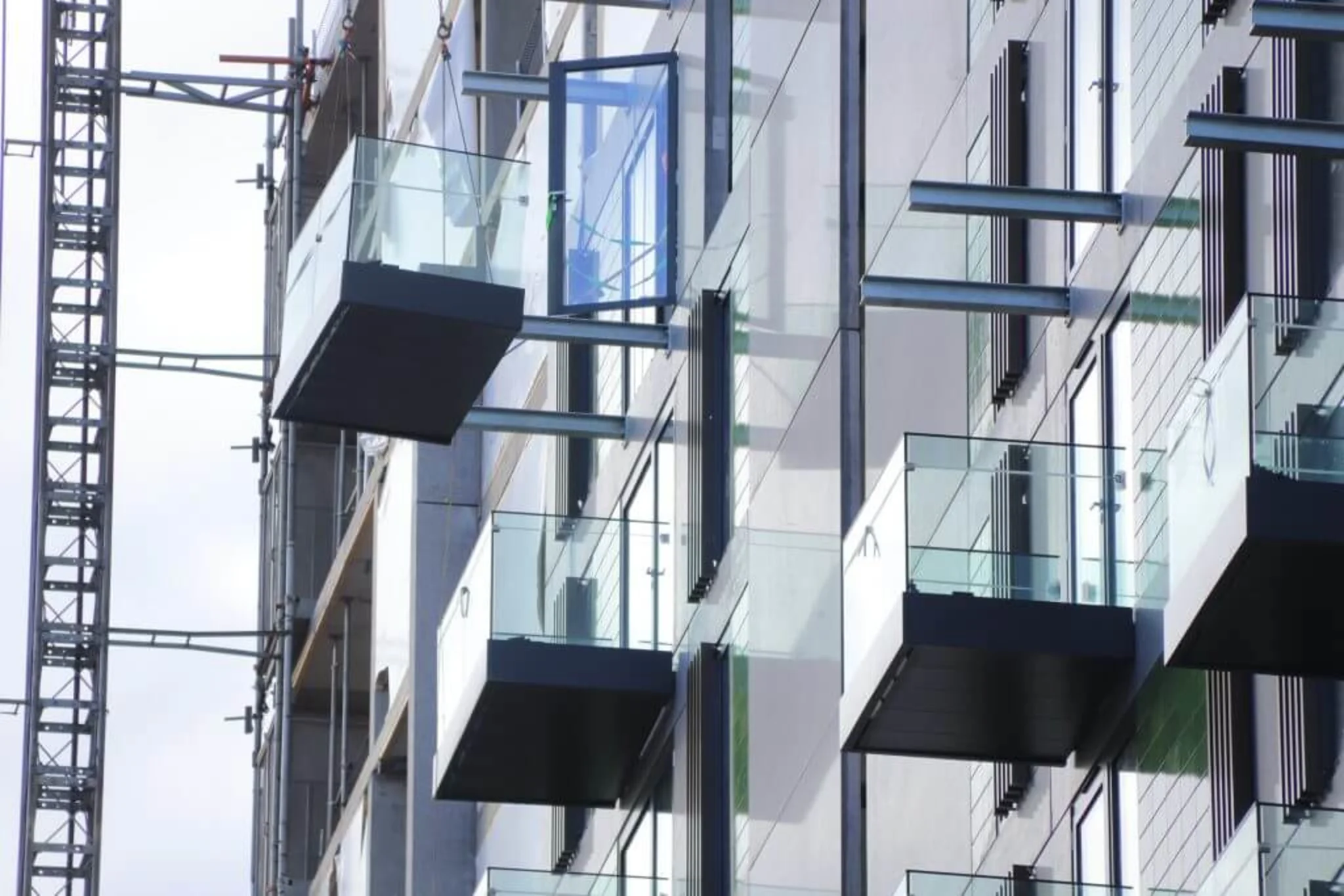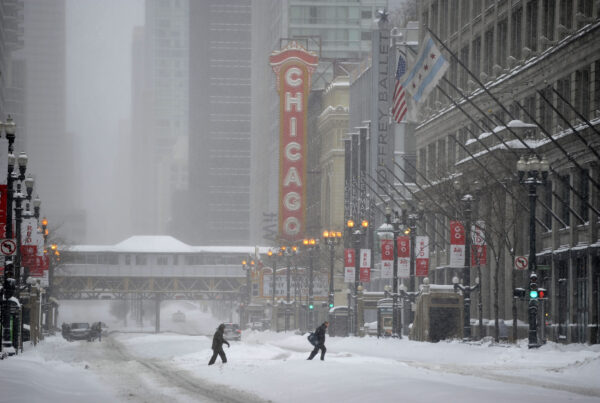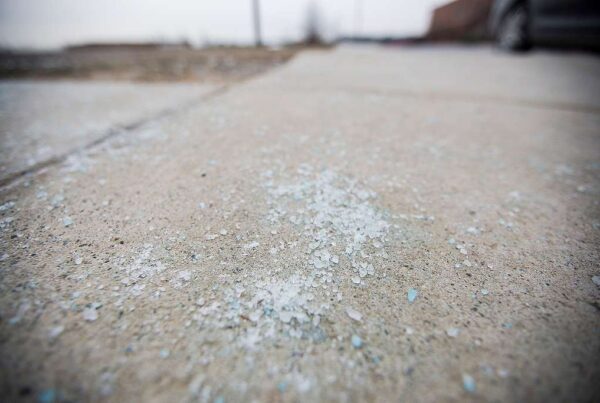Understanding Balcony Support Systems: Maintenance, Damage Identification, and Material Choices
Balconies serve not just as a personal outdoor retreat but also as a significant architectural feature for any building. They offer residents a space to enjoy fresh air and views without leaving the comfort of their home. However, a balcony’s functionality and safety are heavily reliant on its structural support system. There are various materials and support configurations used in balcony construction, and each comes with its own set of maintenance needs and indicators of damage.
Types of Balcony Support Systems
Cantilevered Balconies
Cantilevered balconies are a common sight in modern architecture. These structures are supported without the need for external bracing or columns and are instead anchored to the building’s load-bearing walls. The “cantilever” is a beam anchored at one end to the support structure, extending outward to hold the balcony’s weight.
Hung Balconies
Hung balconies are supported by a system of stainless steel cables or rods, which are anchored to the building’s structure and ‘hang’ the balcony in place. This creates a floating effect and is a stylish option for contemporary buildings.
Stacked Balconies
Stacked balconies are essentially balconies that are directly above one another on different floors, sharing the same vertical supports. This is a more traditional method of support, often seen in apartment blocks and hotels.
Bracket-Supported Balconies
These balconies rely on brackets or corbels as the main support system. These brackets are attached to the building’s structure and extend out to hold the balcony.
Identifying Damage on Balconies
Regardless of the type of support system, regular inspection is key to identifying damage early. Here are some common signs of damage in balcony structures:
For Wood Balconies
- Rot: Soft spots or discoloration can indicate rot, especially where water pools.
- Insect Damage: Look for holes or sawdust which can signify termites or carpenter ants.
- Warping: Boards that are twisting or not sitting flat could suggest structural issues.
For Steel Balconies
- Rust: This is a tell-tale sign of corrosion, which can weaken the structural integrity.
- Fatigue: Cracks at joints or welds could be a sign of metal fatigue.
- Paint Damage: Flaking or bubbling paint may reveal rust underneath.
For Concrete Balconies
- Cracking: Small hairline cracks may be normal, but larger cracks can indicate serious structural concerns.
- Spalling: Pieces of concrete coming off the balcony is a sign of degradation.
- Corrosion: If the balcony has steel reinforcing, signs of rust can signal that the steel is corroding.
Repair and Maintenance Schedule
To ensure longevity and safety, a regular maintenance schedule is crucial for balconies:
- Annual Inspections: At a minimum, balconies should be thoroughly inspected once a year.
- Immediate Post-Event Inspection: After severe weather events or noticeable impact, an inspection should be conducted.
- Cleaning: Regular cleaning to remove debris and moisture can prevent rot and corrosion.
- Protective Finishes: Reapply paints, sealants, or other protective finishes every 2-3 years or as recommended by the manufacturer.
Wood vs. Steel vs. Concrete
When considering the materials for balconies, wood, steel, and concrete are the primary contenders, each with its own advantages and considerations.
Wood Balconies
- Aesthetics: Wood offers a natural and traditional look.
- Maintenance: Requires regular treatment and protection from the elements.
- Durability: With proper maintenance, wood can last a long time, but it is more susceptible to environmental damage.
Steel Balconies
- Strength: Steel offers a high strength-to-weight ratio.
- Design Flexibility: Steel can be molded into various shapes and sizes.
- Maintenance: Requires vigilance against rust and corrosion, especially in harsh climates.
Concrete Balconies
- Durability: Concrete is extremely durable and resistant to fire, wind, and water.
- Low Maintenance: Beyond sealing and occasional cleaning, concrete requires little upkeep.
- Weight: The weight of concrete can be a limiting factor, requiring strong structural support from the building.
In conclusion, the safety and integrity of a balcony depend on a well-designed support system and material choice that suits the local environment and the building’s design. Regular maintenance, informed by the properties of the material and the type of support system, is key to the longevity and safety of the structure. Recognizing the early signs of damage and addressing them promptly ensures that the balcony remains a safe and enjoyable extension of the living space.




